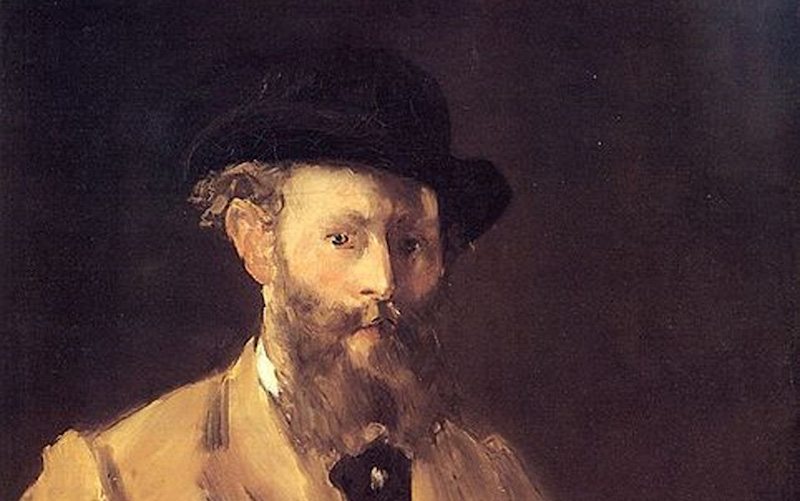

Inside were fifty of his pictures, including several large works now in the Metropolitan’s collection: A Matador ( 29.100.52) and Young Lady in 1866 (Woman with a Parrot) ( 89.21.3). He used his inheritance to construct a pavilion across the street from one of the entrances to the Exposition Universelle. Stylistically, many of these paintings reveal a clear debt to the art of Velázquez and Goya.Īfter being rejected from the Salon of 1866 and learning that he was to be excluded from the Exposition Universelle of 1867 as well, Manet grew anxious to find an audience for his art. Similarly, Victorine Meurent, the female model of Mademoiselle V… ( 29.100.53), is shown wearing men’s clothes, as well as shoes that are impractical for a bullfighting ring. A stereotypical Spanish still life rests next to his espadrille-clad feet. For example, the left-handed model of The Spanish Singer ( 49.58.2) presses on nonexistent chords of a guitar strung for a right-handed player. He garbed his studio models in Andalusian costumes and outfitted them with Spanish props, often in fanciful ways. His interest in Spanish culture already had been apparent for years, with paintings such as The Spanish Singer, Mademoiselle V…, and Young Man in the Costume of a Majo.

Its debt to Titian‘s Venus of Urbino (Gallerie degli Uffizi, Florence) only accentuated the wide gulf of public opinion vis-à-vis a reclining nude woman as subject matter: a goddess was perfectly acceptable, but a contemporary prostitute awaiting her client was not.ĭejected by the critical response to his art, Manet traveled to Spain in August 1865. Olympia (Musée d’Orsay, Paris) was considered the most shocking work in the 1865 Salon. It was argued that the painting lacked any sense of spirituality the figure of the battered Christ was said to more closely resemble the body of a dead coal miner than the son of God.ĭespite his efforts, Manet’s modern scenes remained a target of criticism throughout the decade. The latter picture, in particular, was denounced for its realistic touches, such as the cadaverous body of Christ and the seemingly human angels. Manet’s submissions to the Salon of 1864 were again condemned by critics, who found errors of perspective in his Incident at a Bullfight (fragments of which are now at the National Gallery of Art, Washington, D.C., and the Frick Collection, New York) and a lack of decorum in The Dead Christ with Angels ( 29.100.51). While critics recognized that this scene of modern-day debauchery was, to a certain degree, an updated version of Titian’s Concert champêtre (a work then thought to be by Giorgione Musée du Louvre, Paris), they ruthlessly attacked Manet’s painting style. The public professed to be shocked by the subject of a nude woman blithely enjoying a picnic in the company of two fully clothed men, while a second, scantily clad woman bathes in a stream. Manet exhibited three paintings, including the scandalous Déjeuner sur l’herbe (Musée d’Orsay, Paris). To staunch public outcry, Napoleon III ordered the formation of a Salon des Refusés. That year, more than half of the submissions to the official Salon were rejected, including Manet’s own. His hopes for continued early success were dashed at the subsequent Salon of 1863. In 1861, at the age of twenty-nine, he was awarded the Salon’s honorable mention for The Spanish Singer ( 49.58.2). The biennial (and later, annual) Paris Salons were considered the most expedient way for an artist to make himself known to the public, and Manet submitted paintings to Salon juries throughout his career. There he studied with Thomas Couture and diligently copied works at the Musée du Louvre. After twice failing the training school’s entrance exam, the teenager instead went to Paris to pursue a career in the arts. Édouard Manet-the eldest son of an official in the French Ministry of Justice-had early hopes of becoming a naval officer.


 0 kommentar(er)
0 kommentar(er)
